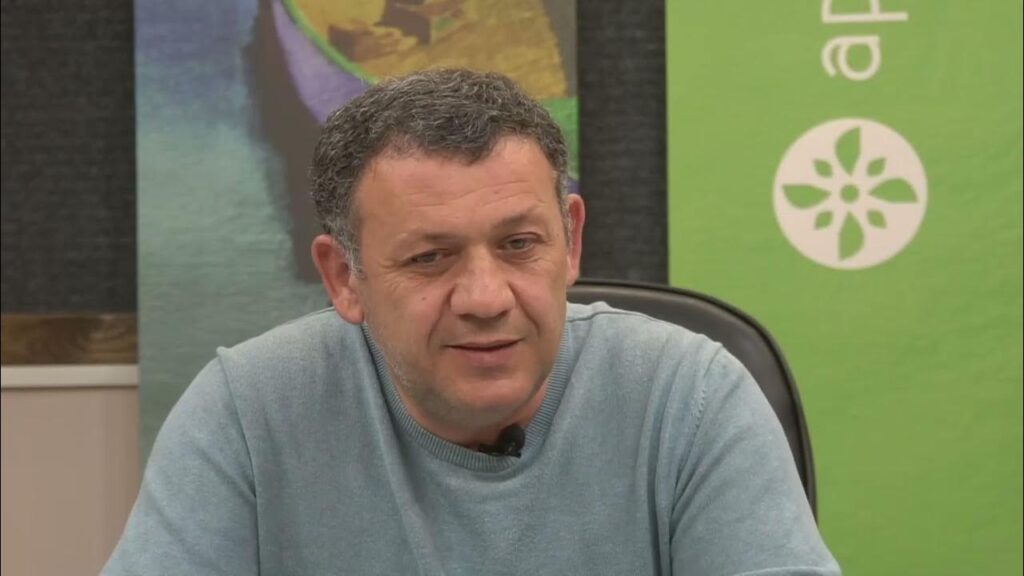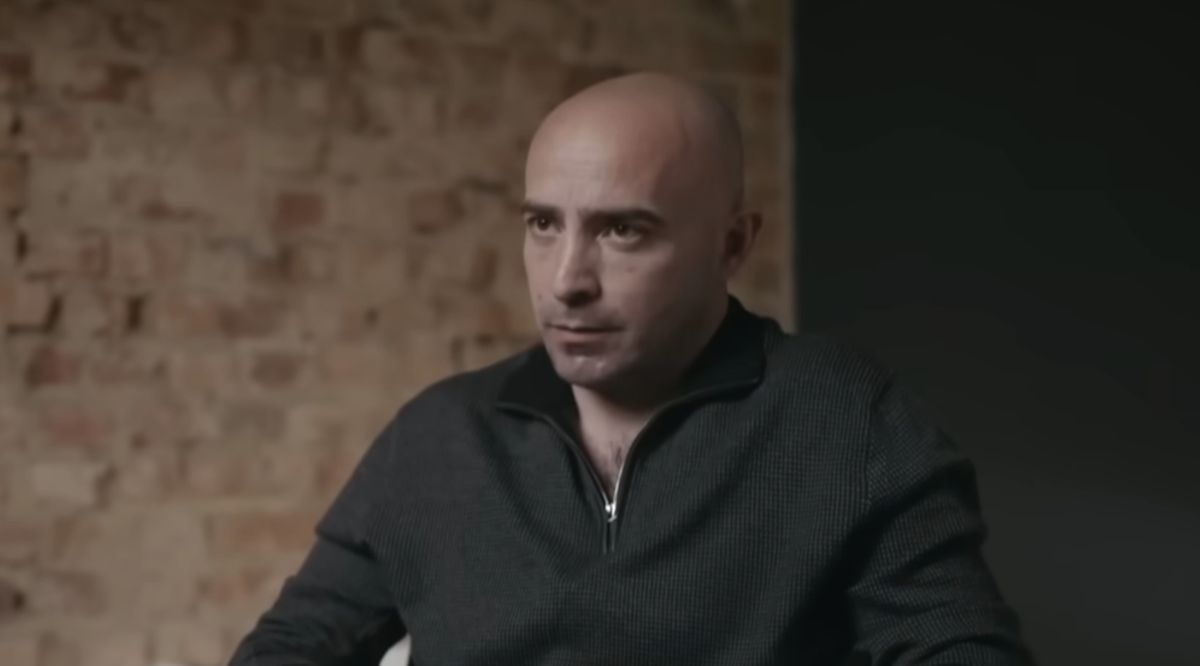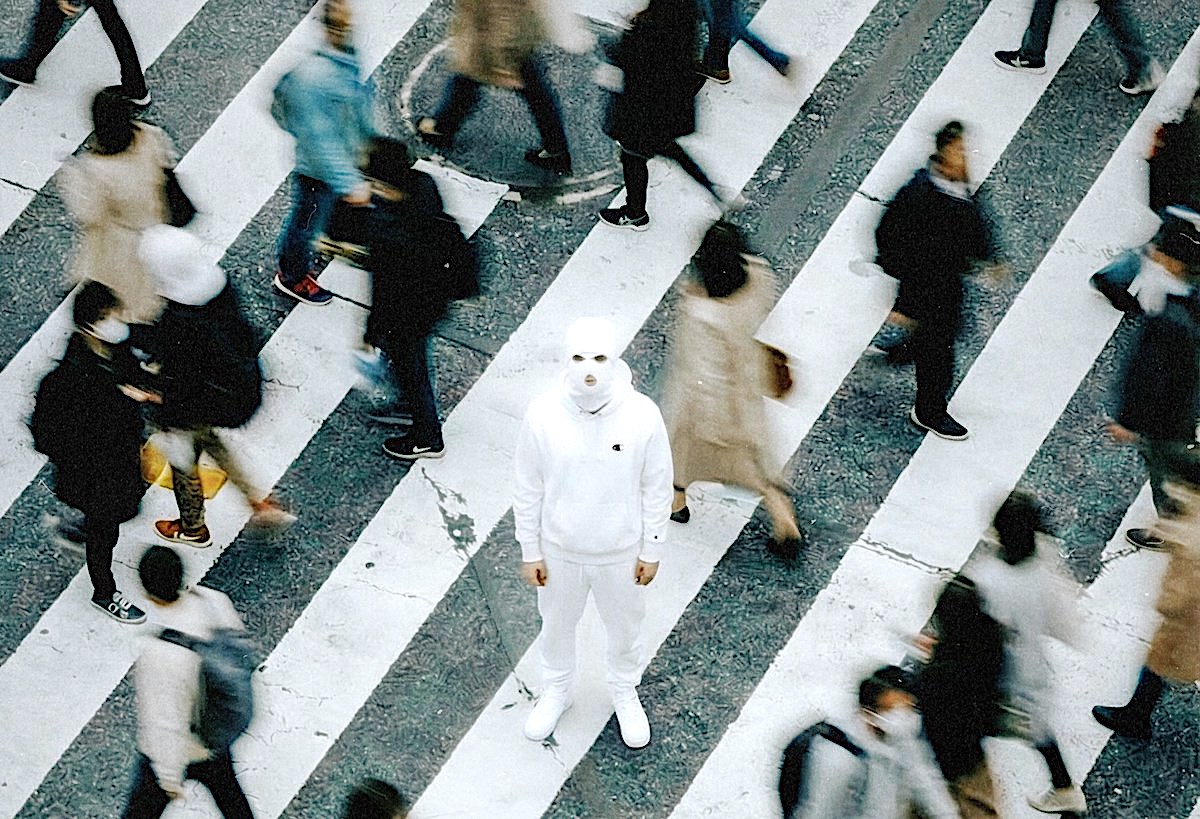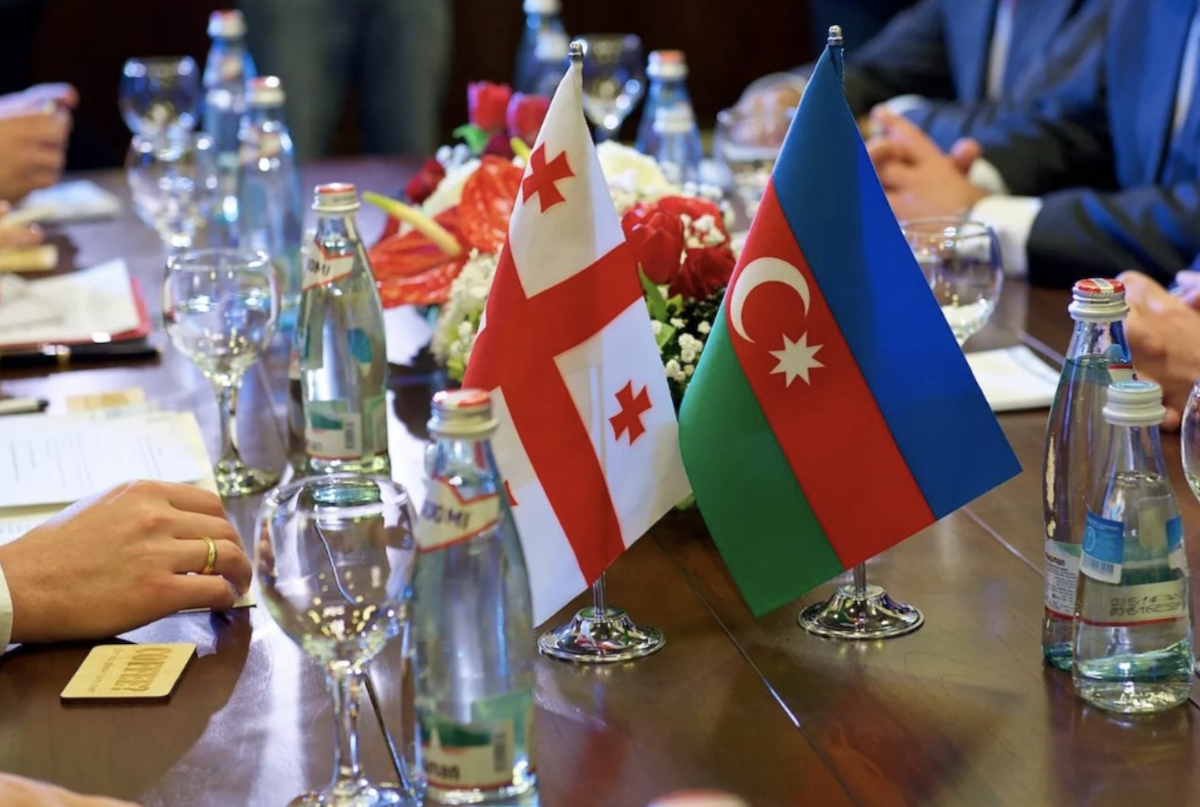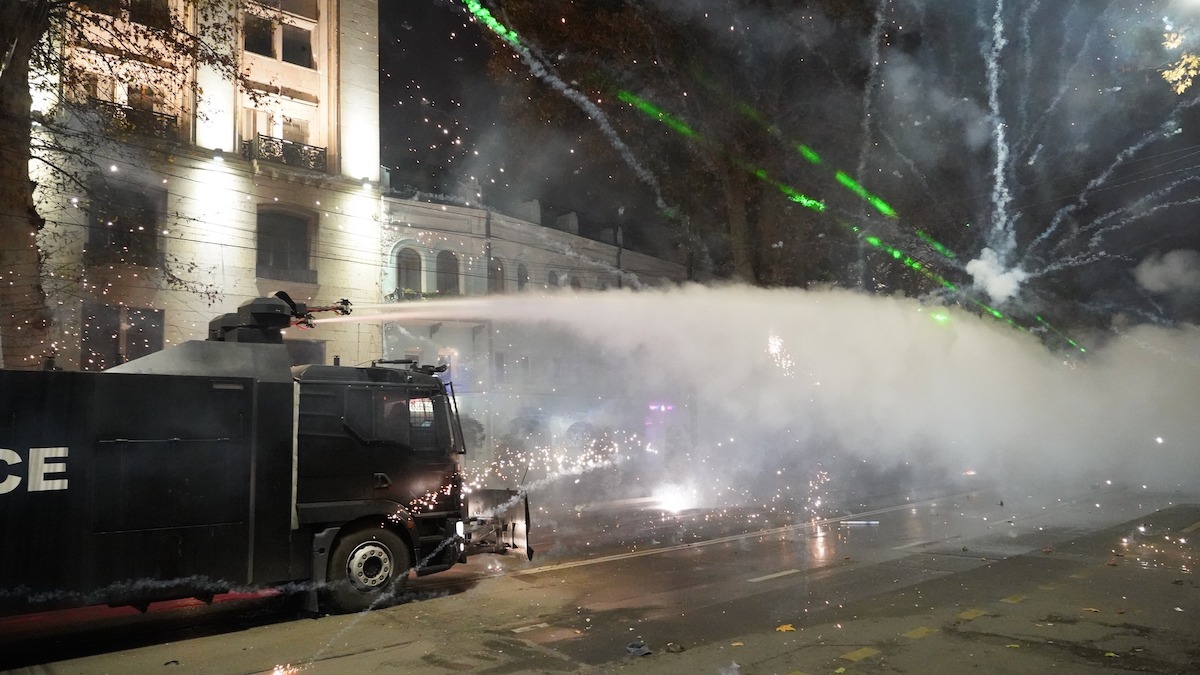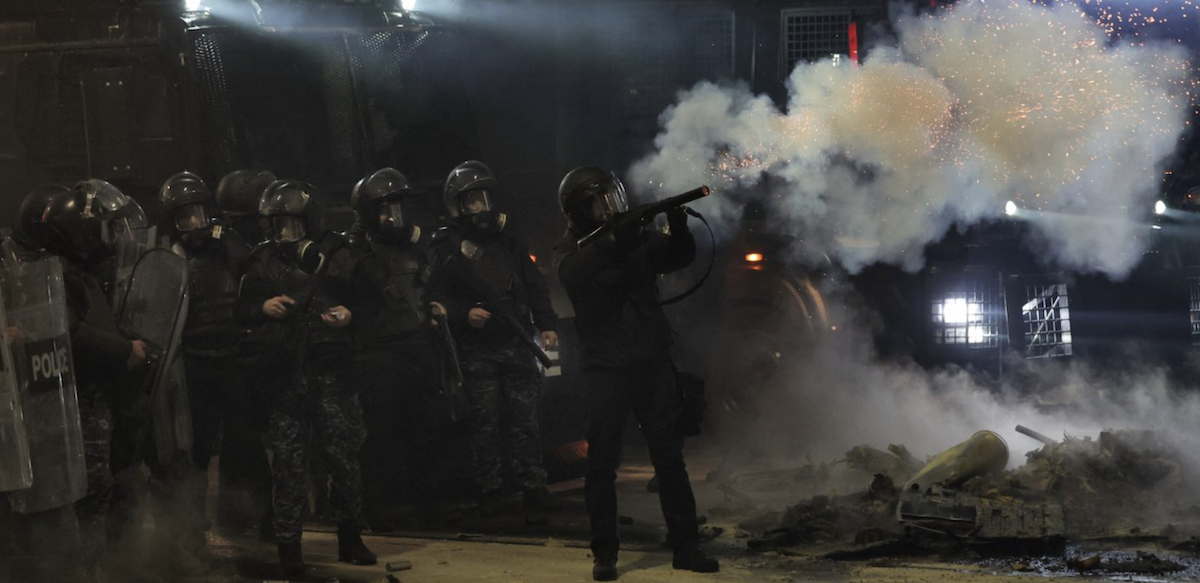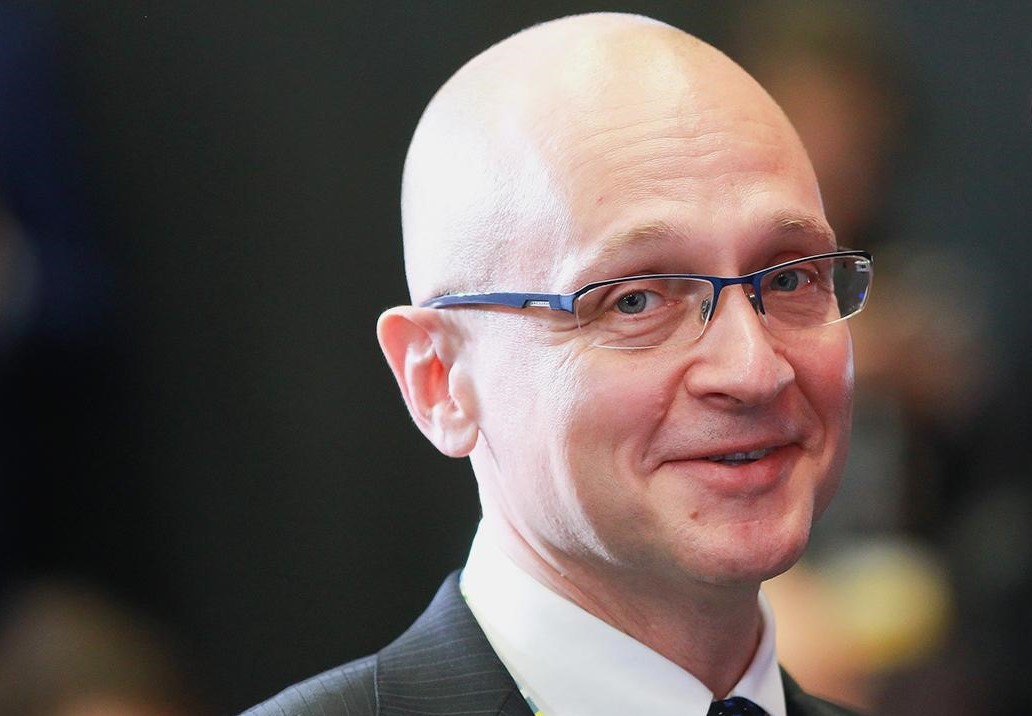Armenian PM holds mass rally dedicated to victims of 1 March case
Armenian Prime Minister Nikol Pashinyan held a mass rally dedicated to the victims of the tragic events of 1 March 2008 and to the victory of Armenian citizens in the fight against violence, fraud, corruption and lawlessness.
The 1 March 2008 case has been at the centre of the country’s attention in recent months. Eleven years ago today, 10 people were killed while crowds were being dispersed in Yerevan through the use of military-grade weaponry.
• Armenia: ex-president Kocharyan faces further charges – this time bribery
• Son of Armenian ex-president charged with money laundering
The day started with a march to the Myasnikyan monument where the tragic events unfolded 11 years ago. The public laid down flowers and candles around the statue.
Prime Minister Nikol Pashinyan then addressed the crowds with a special message:
“On behalf of the state, I apologize to all the victims of 1 March; on behalf of the state, I apologize to the victims of all political assassinations that occurred in the whole history of independent Armenia, and I apologize to the people who have been subjected to political persecution. From this day forth, the chapter on solving ‘issues’ through violence is closed.”
Pashinyan gave his assessment of what happened 11 years ago, which he believes was a targeted campaign against Armenian citizens and civil society:
“The authorities used illegal force against civilians, because of which eight Armenian citizens were killed; another two died later due to injuries received that day.”
What happened on the streets of Yerevan on 1 March 2008
The tragic events of 1 March 2008 were preceded by presidential elections.
The president at the time was Robert Kocharyan, who had completed his second term.
Former president and PM Serzh Sargsyan won in the presidential elections held on 19 February 2008. The Central Election Commission stated that he had won 52% of the vote, and that his main rival, the first president of Armenia, Levon Ter-Petrosyan, won 21.5%.
Immediately after the preliminary results were announced, unrest broke out in the country.
Supporters of the political bloc headed by Levon Ter-Petrosyan claimed that their candidate had, in actuality, won and demanded a review of the election results.
For ten days in a row, thousands of people stayed on Freedom Square and participated in round-the-clock demonstrations.
At dawn on 1 March, protesters were forcefully driven from the square. Later, in another part of the city – next to the Myasnikyan monument – 10 people were killed when military grade weaponry was used to disperse the crowds.

Who stands accused in the 1 March case
The case went largely unexamined for years until 2018 when Nikol Pashinyan was elected prime minister. He announced that the new authorities of the country had the political will to resolve the 1 March case.
The Special Investigation Service of Armenia firstly interrogated ex-President Robert Kocharyan as a witness, then charged him with “overthrowing constitutional order”.
Other individuals charged in the case include:
Seyran Ohanyan, who in 2008 served as Chief of the General Staff of the Armed Forces and Deputy Minister of Defense;
Yuri Khachaturov, who at that time was the head of the Yerevan garrison;
Armen Gevorgyan, the former secretary of the National Security Council, and
Mikael Harutyunyan, the former Minister of Defense of Armenia who is still wanted.
The ex-president denies the allegations made against him and considers them politically motivated.
Why Kocharyan considers his arrest politically motivated
Pashinyan represented the interests of presidential candidate Levon Ter-Petrosyan during the 2008 presidential elections.
He actively participated in the protests that began after the election results were announced.
After the tragic events of 1 March, he went underground for a year and four months due to allegations of organizing mass riots.
On 1 July 2010, Pashinyan voluntarily went to the prosecutor’s office, was arrested, and sentenced to seven years in prison.
After one year and 11 months, he was released on amnesty which was timed to coincide with the 20th anniversary of the independence of Armenia.
Human rights advocates believe that the authorities were forced to take this step due to being pressured by international structures.










